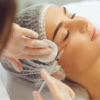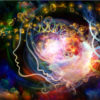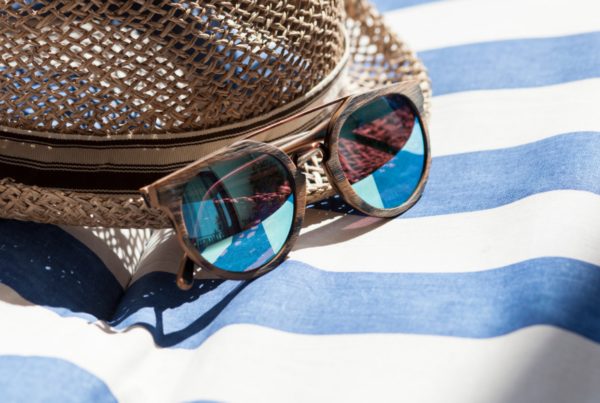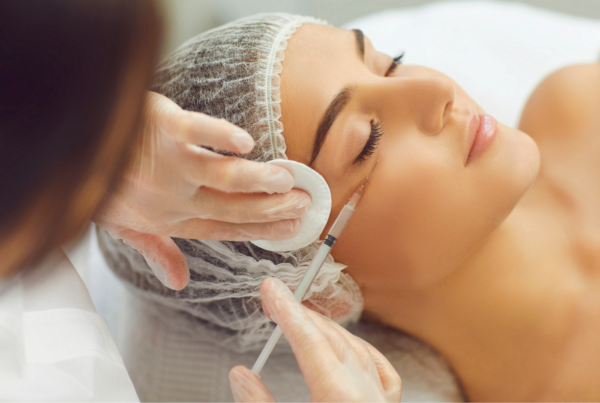The Work Environment
My 1st job was approximately 26 years ago, working in a warehouse packing VHS tapes into boxes and getting shipments ready for various music and video stores. It may not seem like much but I loved it. I was young, earning a wage, making friends and all this whilst listening to the best music and feeling so comfortable in my work environment. I could wear t-shirts in the summer and sweatshirts in the winter. If the warehouse became warm, the windows would be opened and fans would be switched on. In the colder months, the heaters would go on instead. The factory workers were of varying age groups and the most we had to think about was our footwear. Since we were on our feet all day, shoes had to be strong and protective, so trainers were the most obvious choice of work shoes. My memory of that place was that the staff were hard-working but relaxed. It was unheard of that anybody would ‘call in sick’. So it makes me wonder, what has changed so much in recent times that I am personally noticing more sickness at work?
Sickness at work: Back ‘then’ and ‘now’
We have all heard of the Industrial Revolution. A period of manufacturing growth which saw the transition between ‘hand-made’ production, change to mechanized factories by the mid-1700s. But with this revolution came urbanisation, lack of hygiene, increase in diseases and pollution. Public health regulations had to be formed to improve working conditions1 and to tackle the issue of pollution which was having an adverse effect on people’s health. The Public Health Act of 1875, in the UK, was finally enforced upon local councils to legally improve the issues regarding public health, hygiene and pollution2. In 1948, the Labour Government created the National Health Services (NHS) which is still promoting public health to the current day3. In short, all of these regulations together promoted better health care as well as better working conditions by controlling the hours operated by employee’s, encouraging regular breaks and cleaner, safer working abodes.

Image Credit: The Conversation (air pollution in Britain)
Fast forward to the modern era, we are still striving for a healthier and cleaner future by reducing emissions from greenhouse gases such as carbon dioxide and methane. Schools, hospitals and workplaces are becoming more mindful of healthy food options, providing non-smoking zones to employees and advocating reduced alcohol consumption as an overall measure to improve health.
Is your workplace making you ill?
In recent years I have speculated whether my workplaces were making me ill. I would have symptoms at work that would dissipate as soon as I was in fresh air or back at home. At first, I had put this down to the fact that I had become self-employed 12 years ago and my general stress levels had increased. My commutes were all over the place varying from central London to the home counties. Every day I was at a new location working for a different business. This meant long hours in the car and having to adapt to various computer systems and working methods. In the beginning, the symptoms were mild starting with headaches. I had more headaches at work when compared to places of rest or recreation. Again, I coupled these associations together; work = stress = headaches. But, little did I know that subtle changes at work were beginning to have adverse effects on my health.
I remember in my early years as a Dispensing Optician working in cosy, carpeted, homely practices. The radio would quietly be playing in the background, cups of tea and coffee were flowing throughout the day and more noticeably, the practice doors and windows would be open for natural ventilation during the warmer months. Approximately a decade ago, most businesses, in unison, started to initiate a facelift. The working environments became more clinical. Hard flooring, white walls and white floors have become the modern norm. Staff are expected to stand at the front desk, like robots, rather than having the traditional sit-down work stations. With these new fascia’s, came the introduction of powerful air-conditioning units. Today, I would describe my working environments as more glacier/arctic conditions than healthy or clinical places of work. Like most of the population, I work 5 days a week (I used to work 6 days a week). This means, most of my living and breathing daylight hours are within the surrounds of my workspace. In trying to create ‘clean’ minimalistic aesthetics, what employer’s fail to recognise is that they have actually created white, glacier-like boxes that have brought with them a torrent of modern-day ailments.

Image Credit: AOP
Modern-day ailments created by places of work:
It is no exaggeration to say that modern places of work are causing employee’s to become ill. The topic is so real that it has been termed Sick Building Syndrome. When you Google search the term ‘Sick Building Syndrome’, the answer is summed up nicely.
To quote the Oxford dictionary:
“Sick building syndrome – a condition affecting office workers, typically marked by headaches and respiratory problems, attributed to unhealthy or stressful factors in the working environment such as poor ventilation”.
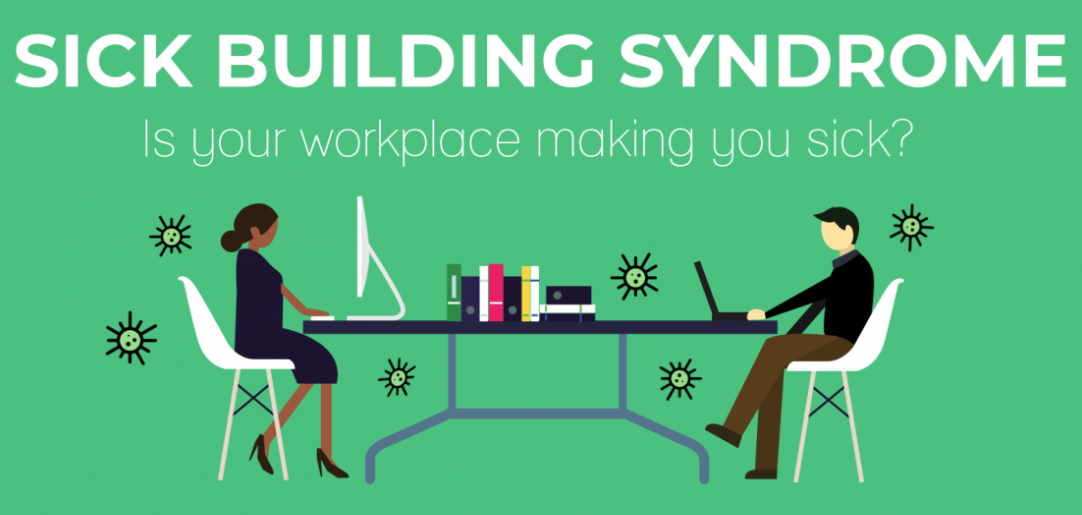
Image Credit: Paint Inspection
The Oxford dictionary fittingly summarises the term Sick Building Syndrome. The NHS website has an entire link4 dedicated to this contemporary problem, which if not managed promptly will give rise to a newfound epidemic associated with modernisation at work. Employers need to take action to protect the health and well- being of their staff to minimise deficit at work due to ‘sickness’ and in the long term, to avoid law-suits by employee’s for the lack of due diligence, by employers, for the working environment.
Sick building syndrome (SBS) is not just confined to offices, as commonly paraphrased in the definitions. It includes other workplaces such as libraries, hospitals and airports, just to name a few.
Symptoms of ‘Sick Building Syndrome’5
Symptoms get worse the longer a person stays in a particular building, yet gets better upon leaving that place.
Possible symptoms include:
- Headaches
- dizziness
- Blocked or runny nose
- Respiratory illnesses
- Dry, itchy skin
- Dry, sore eyes
- Rashes
- Fatigue
- Lack of concentration
- Back/ neck pain
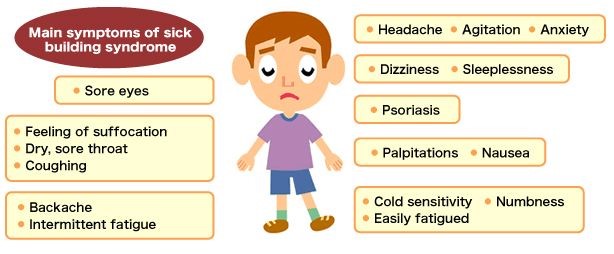
Image courtesy of myassignmenthelp.com
Possible causes include:
- Poor ventilation
- Poorly maintained air conditioning systems
- Dust, smoke, fumes or fabric fibres in the air
- Bright or flickering lights
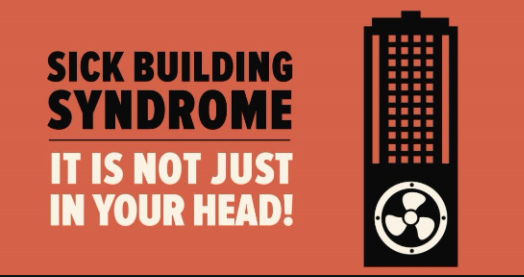
Image courtesy of bustmold.com
Management solutions for SBS:
- Where possible, open windows to improve natural ventilation
- Set the air conditioning unit to a temperature that suits the size/space of the working area
- Maintain the good working order of air conditioning units6
- For VDU users, take regular screen breaks
- Go outside during breaks for natural air
- Reduce workplace stress7
Poor ventilation & the use of air conditioning units
Air conditioning units are not bad by design. If serviced regularly and maintained well, these devices can warm up or cool down places of work to a ‘natural’ temperature. A comfortable temperature leads to better performance by employees. If the work zone is too hot or too cold, people start to lose their focus. If concentration levels drop, performance will also reduce.
The air conditioning (AC) systems in our workplaces, can be beneficial to our health by filtering air pollution. If the AC unit is in good working order, the air would be cleaner indoors as opposed to the smog -heavy city areas, outdoors. The same principle would apply to any outdoor allergens or triggers, including hay fever. I always find that by switching the AC on in the car, my hay fever symptoms calm down considerably. When I am at work during the spring and summer months, and the hay fever allergies are especially worst, I feel better at work because the air conditioning system clears the hay fever allergens. As soon as I arrive home, my allergy symptoms are exasperated by the pollen in natural air.
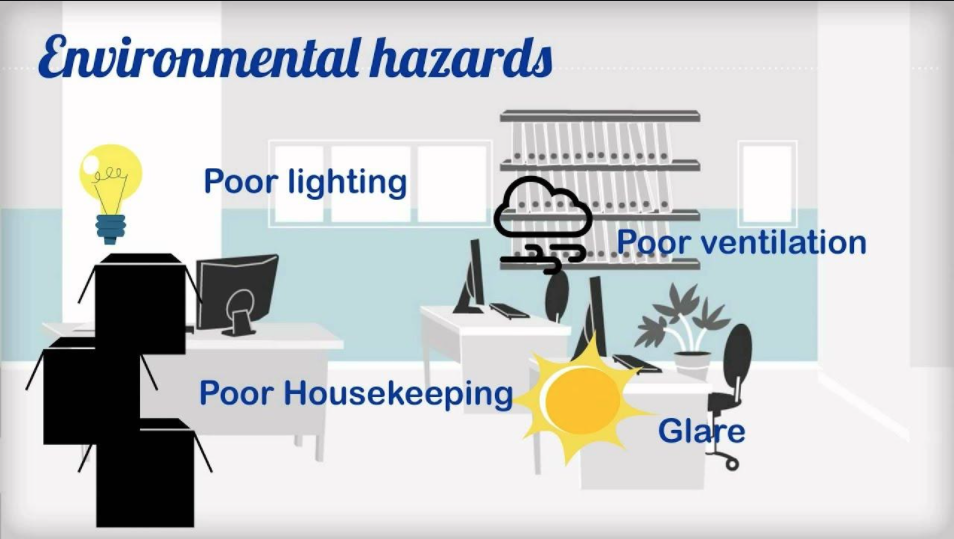
Image courtesy of safety.unsw.edu.au
On the flip side of this, if AC units are not maintained, they can cause severe health issues. By the process of cooling hot air, moisture and debris accumulate in the air conditioning vents. Since mould requires a wet environment to thrive, the AC units are a prime location for the mould to grow. If mould is present and the AC device is switched on, the spores circulate into the place of work. Any harmful bacteria that are harboured in these conditions become airborne and are quickly spread throughout the office. These microorganisms can lead to breathing problems.
As aforementioned, the AC unit is designed to control temperature and humidity. By setting the temperature in accordance with the size of the workspace, and the number of employees in that particular area, we should be able to attain a desirable environment.
The problem that we have is that in particularly hot weather, some workers reduce the room temperature to extremely cold. This shouldn’t be done. The human body is designed to adapt to seasonal temperature changes by itself. The ideal air conditioning temperature for the average office space should be around 71.6oF or 22oC8. So, by making a work zone very cold and dry, it increases the chance of sinus congestion and inflammation9. When a room is extremely cold that the majority of employees are shivering, it will result in the staff feeling constantly ill and fatigued. The body will start to shiver in response to extreme cold, to produce internal heat, but eventually, the person just feels ‘worn out’.
Lighting, Visual Display Units (VDUs) & Digital devices
In the modern workspace, we cannot escape the vast use of artificial lights. They are everywhere, from fluorescent lighting, LED (light-emitting diode) lighting, computer screens, mobile phones and all other digital devices. The constant exposure of these lights to anyone leads to many types of discomfort.
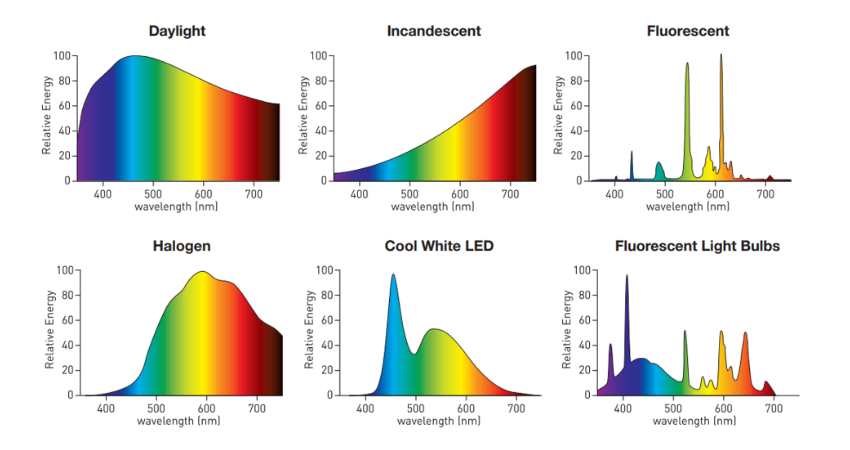
Image courtesy of www.jasonlauritzen.com
The first element that we have to explore is the difference between natural and artificial light. Natural light controls the human body clock or what is known as the ‘Circadian Rhythm’. The definition of circadian rhythm is best explained by the National Institute of Medical Sciences as follows:
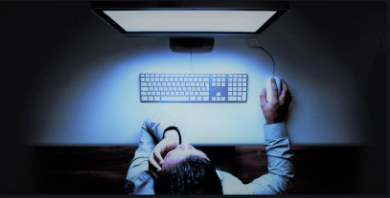
Image courtesy of iristech.co
“Circadian rhythms are physical, mental and behavioural changes that follow a daily cycle. They respond primarily to light and darkness in an organism’s environment. Sleeping at night and being awake during the day is an example of a light-related circadian rhythms”.
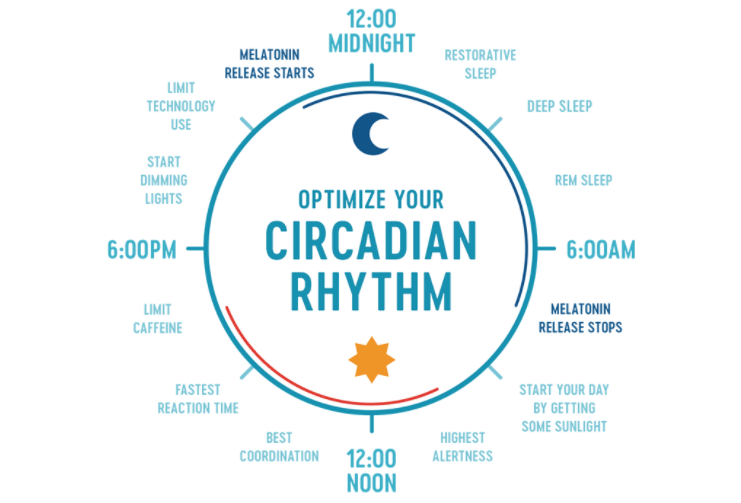
Image courtesy of Liveli.com
When we observe the light spectrum of natural daylight to fluorescent and LED lighting, we can see that natural lighting has a balanced colour spectrum. Natural sunlight varies in wavelengths from visible light to invisible radiation (UV). This plays a vital role in the overall health of our bodies. Natural sunlight helps repair and regenerate our cells and it trigger’s the production of vitamin D which protects against inflammation, lowers blood pressure and improves brain function. Exposure to the blue light from the sun is essential for boosting alertness. It enhances memory, cognitive function and elevates mood10. It is also the natural blue light that regulates the circadian rhythm. Natural blue light stimulates the secretion of melatonin in the brain which in turn increases or decreases the cortisol expression at different times of the day, and regulates the human circadian rhythm11.
We all know that excessive sun exposure can be detrimental but approximately 15-30 minutes of sunshine a day is considered to be the ideal recommendation from health experts.
Fluorescent and LED lights on the other hand are artificial illuminance and they cannot produce the health benefits of natural light. When we observe the wavelength spectrum of fluorescent and LED lights, we can see that the light spikes at the blue end of the spectrum. The sun provides a steady and balanced level of blue light as opposed to artificial sources, which are sharp and constant bursts of brightness.
Image courtesy of Shutterstock
Damage induced by ‘Blue Light’
Artificial blue light has various sources. We are constantly exposed to fluorescent and LED lights at work, in the supermarket, hospitals, schools and even at modernised GP surgeries. These light sources are chosen for their energy efficiency, compared to the old fashioned incandescent bulbs. But other devices are also emitting high levels of blue light. These devices include televisions, computer screens, smartphones, electronic books and tablets. It is no exaggeration to say that the blue light from these devices is excessive, and tech companies, such as iPhone have had to tackle this issue by applying an automatic ‘night screen’ which dims the blue light frequency in the evening. Digital devices are more accessible in the current era. Therefore, we are constantly exposed to the blue light; at work and home.
Blue Light: Benefits & Dangers
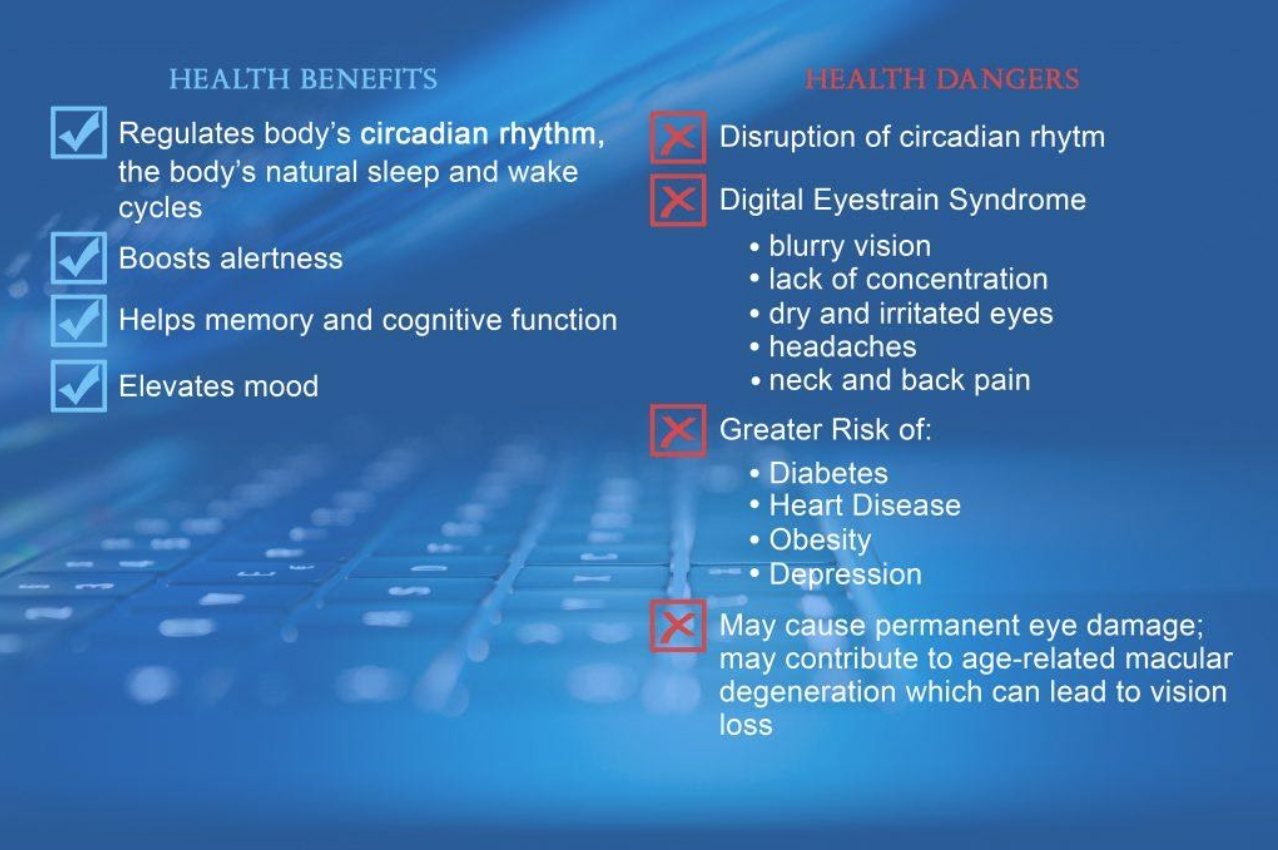
Image courtesy of acsltd.eu/blue-light-dangers
The list of ailments due to ‘blue light’ exposure:
- Intolerance of fluorescent & LED lights: The lights are often too bright and emit levels of low-frequency flicker which are not readily noticeable to the naked eye.
- Headaches & induced migraines
- Ocular strain: This can be caused by office lights, the proximity of the VDU screens and constant use of smartphones. The high energy blue light scatters more easily in the eye than other visible light. This leads to poor focusing issues, reduced contrast and subsequently, increased eye strain.
- Vertigo and/or dizziness
- Nausea
- Lethargy: The brains chemical neurotransmitter called dopamine, is reduced with overexposure to blue light. Dopamine helps regulate movement, attention, learning and emotional responses. The reduction in dopamine will result in tiredness, restlessness and lack of motivation12.
- Parkinson’s disease: When the brain fails to produce enough dopamine, it can result in Parkinson’s disease13.
- Disrupted sleep: Too many people are using their digital devices at night time. This leads to an excessive amount of blue light exposure, stimulating the brain and disrupting the regulation of the circadian rhythm into thinking that it should be ‘awake’. This affects sleep quality as well as concentration levels, after a poor night’s sleep.
- Diabetes: When the circadian rhythm is disrupted, we know that the body clock loses its natural ‘wake’ and ‘sleep’ pattern, but if this is not controlled, the long term damage can result in diabetes, obesity and cardiovascular issues. The circadian rhythm influences hormones all over the body. This includes the production and counter-production of hormones that regulate the insulin levels of the body.
- Mood swings and feeling ‘down’
- Dry Eye: People don’t blink enough at VDU screens, they don’t give themselves a break away from the monitor and the blue light exasperates the dry eye. The clinical research by Zhao & Zhou, in the International Journal of Ophthalmology, published in 2018, have found that blue light triggers inflammation of the corneal epithelial cells which reduces the stability of the tear film and leads to dry eye14.
- Retinal damage: The front structures of the eye (cornea and crystalline lens) are great at blocking most UV radiation. But, as part of the visible spectrum, blue light penetrates all the way to the retina (the vital ‘seeing’ part of the eye) and can cause irreversible damage15. Overexposure to blue light damages the cells of the retina causing changes that resemble Macular Degeneration (MD). Attending seminars relating to macular degeneration and particularly, Age-Related MD, we in the optical industry are seeing a prevalence of AMD in people approximately 5 years after their cataract operations. The likely reason for this occurrence is that a new intra-ocular lens allows the blue light to reach the back of the eye as expected. However, an ageing eye doesn’t have the same protective layers and antioxidants that a younger eye may have, resulting in the formation of AMD.
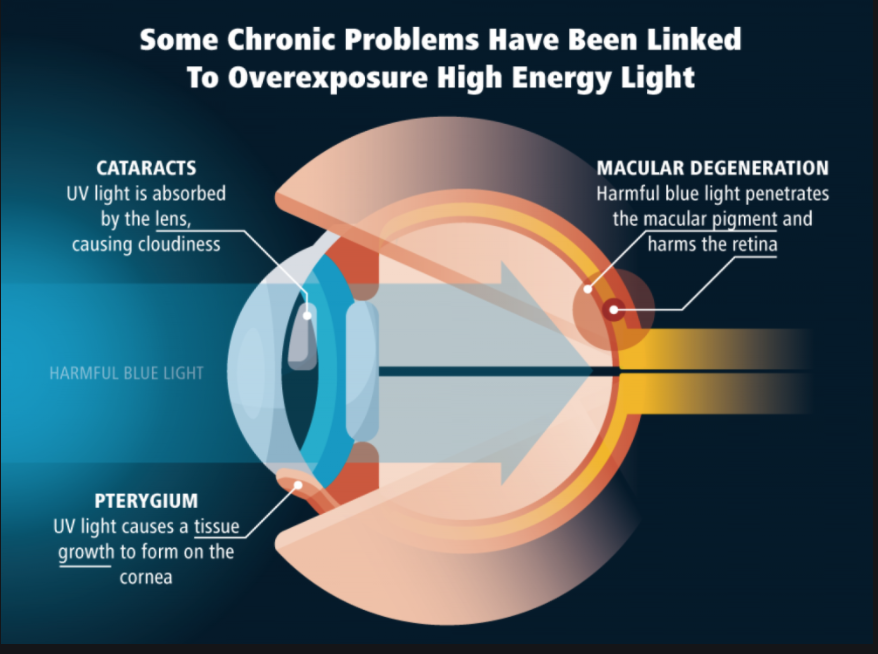
Image courtesy of iristech.co
Management of ‘blue light’:
- Reduce time spent on digital devices, especially at night
- Reduce the proximity of VDU screens and handheld digital devices
- Spend time outdoors in natural light and fresh air
- Blue-filter coatings on spectacles: Pale amber tints are great at reducing the white/blue glare from lights and digital devices, but the current ‘blue protective’ coatings reflect the blue glare and give a comfortable amber hue whilst viewing through the lens. By blocking the harmful blue light, contrast and comfort are increased. The blue-filter coatings would be advisable post-cataract as well. Whilst a hazy, cataract-dense eye can block some blue light from passing to the back of the eye, after surgery, the new intraocular lens is so clear that constant exposure to blue light can lead to retinal damage.
- Control the use of digital devices for young children: Encourage the young to play outdoors and use less indoor digital devices. Enough clinical trials have shown that outdoor activities prevent the occurrence and development of short-sightedness since natural light is good for the eyes.
- Change the settings on your mobile devices to dim the blue light being emitted
- Keep incandescent bulbs where you can: These bulbs emit the full spectrum of light over a smooth curve almost emulating natural light.
- Wherever possible, switch to ‘warm LED’ lighting: lots of people are complaining about white/blue light hence a good majority of ‘bulb’ companies are addressing the issue by creating ‘natural LED’ lights.
- Consider taking eye supplements: One of the most highly recommended supplements, by the eye care professionals, is Macushield. These supplements contain the carotenoid lutein, zeaxanthin and meso-zeaxanthin which are antioxidants that protect the lens as well as the retina.
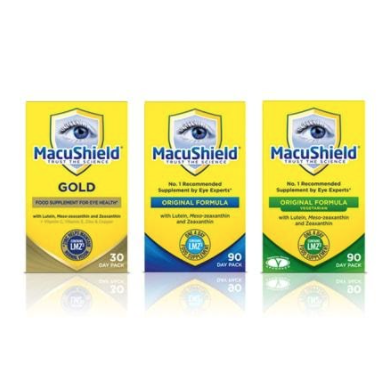
Image courtesy of macushield.com
Other problems to explore with regards to ‘Sick Building Syndrome’
We can open a whole can of worms with regards to the topic of ‘SBS’. It is imperative that further research and study be done on this topic to deal with the serious issue of unfair dismissals. So many businesses have dismissed their staff because they ‘were not fit to work’. But what if the working environment itself was detrimental to the employee’s health? Airports are a prime example of very large open spaces, hard flooring, harsh lighting and brightly illuminated advertising boards everywhere. Coupled with the unsocial shift working hours, and the unnatural constant bright lights, the circadian rhythm is bound to be affected. Large spaces with hard floors will create echo’s and poor acoustics which can exasperate problems such as migraines, dizziness and tinnitus to name a few ailments. If such symptoms and health issues dissipate away from the working zone, only to resume when you return to work, it would be fair to say that you have a good case for ‘Sick Building Syndrome’.

Image courtesy of chapmantaylor.com: Heathrow Airport – UK
A vision for the future Work Space:
As I am writing now, the windows are open. I can hear the birds and I can feel a gentle breeze. I look out of my window and I can see trees and flowers. This all contributes to a healthy and comfortable working environment.
As an employee, you are a replaceable commodity to your employer, but to your family and friends, you are someone important. So, keeping this in mind, if your workplace may be to blame for building-related health issues, speak to your human resources manager and log your ailments. Speak to other co-workers and find out if they are suffering similar symptoms.
Employers must take action to create harmonious and quality work zones for employees if they want to see a higher yield on production. If employers would strive to emulate nature at the core of its working environments, employees would be happier, healthier and more productive.
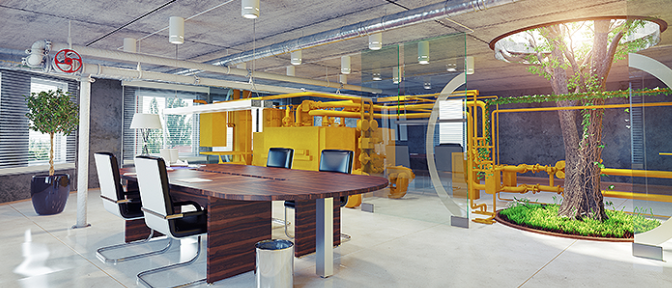
Image courtesy of ambius.co.uk
For further help and advice:
- The Environmental Health Service at your local authority
- Health & Safety Executive (HSE) office
- HSE advice for employers & building managers for ‘Sick Building Syndrome’
- Dismissal & your rights
Recommended Reading
- https://www.theraspecs.com/blog/fluorescent-light-sensitivity-causes-symptoms-solutions/
- https://www.corporatewellnessmagazine.com/article/can-blue-light-make-sick
- https://academic.oup.com/ije/article/33/5/1123/624014
- https://pubmed.ncbi.nlm.nih.gov/30588436/
- https://www.forbes.com/sites/alankohll/2019/01/24/how-your-office-space-impacts-employee-wellbeing/#443cb1264f31
References
1.Reference from www.history.com
2.Reference from www.bbc.co.uk – Developments in public health and welfare
3.Reference from www.bbc.co.uk – Developments in public health and welfare
4 & 5. www.nhs.uk/conditions/sick-building-syndrome/
6. https://www.gov.uk/government/publications/air-conditioning-inspections-for-buildings
7. www.nhs.uk/conditions/stress-anxiety-depression/reduce-stress
8. Helsinki University of Technology
9. https://atlascare.ca
10. www.allaboutvision.com
11, 14 & 15 www.ncbi.nlm.nih.gov/pmc/articles/PMC6288536 (Research: blue light and eyes)
12& 13 www.psychologytoday.com
Posts by Oodo may include affiliate links. This means that we make a small commission from referrals and purchases at no extra cost to you. Thank you for your kind support.



